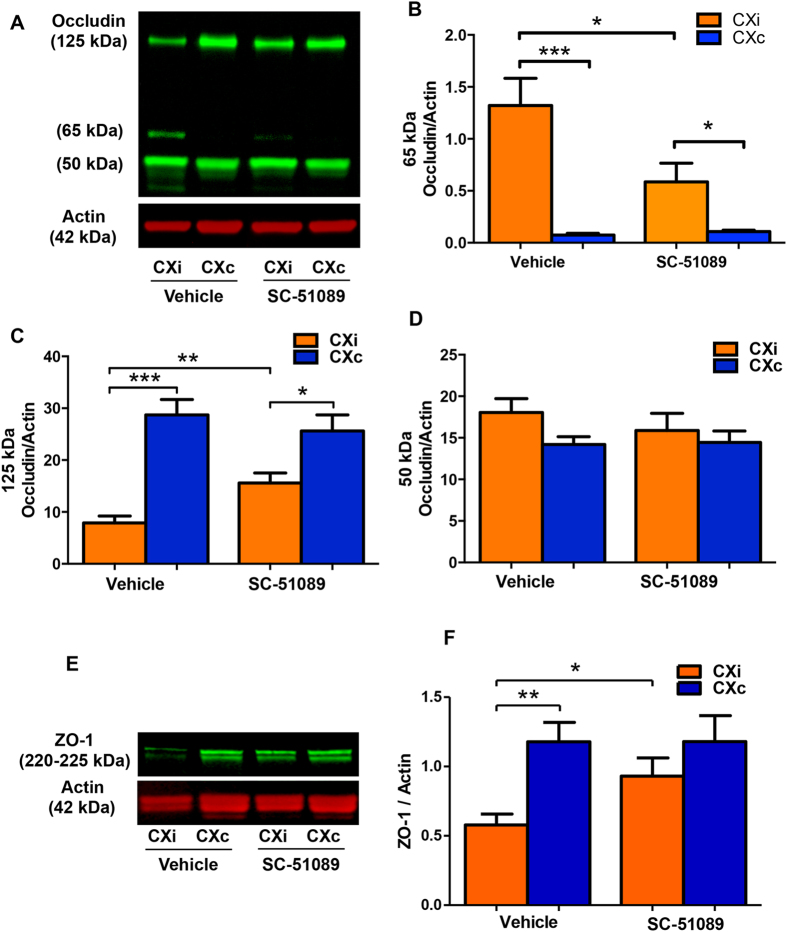Figure 7. EP1 antagonist administration preserves tight-junction protein expression in the ischemic cortex.
(A) An occludin band at approximately 65 kDa was observed in ischemic samples, but not in uninjured contralateral samples (presumably produced in response to injury). (B) Densitometric analysis of the 65 kDa isoform demonstrates increased levels in the ischemic hemisphere of both groups compared to the contralateral hemisphere (P < 0.001, P < 0.05, unpaired two-tailed t-test). Reduced levels of this protein were measured in the ischemic cortex of SC-51089-treated rats compared to the vehicle group (P < 0.05, unpaired two-tailed t-test). (C) An occludin band at approximately 125 kDa was observed in high amounts in the uninjured contralateral cortices and was reduced in ischemic samples. Densitometric analysis levels of the 125 kDa isoform demonstrates decreased levels in the ischemic hemisphere of both groups compared to the contralateral (P < 0.001, P < 0.05, unpaired two-tailed t-test) and preserved levels in the ischemic cortex of SC-51089-treated rats compared to the vehicle group (P < 0.01, unpaired two-tailed t-test). (D) Densitometric analysis of the 50-kDa occludin band showed no differences between groups. (E) Two ZO-1 bands were detected at 220-225kDa, which were degraded in ischemic samples. (F) ZO-1 is degraded in the ischemic hemisphere compared to the contralateral hemisphere in vehicle-treated rats (P < 0.01, unpaired two-tailed t-test). SC-51089 treatment preserved ZO-1 levels in the ischemic cortex compared to the vehicle (P < 0.05, unpaired two-tailed t-test) and differences between ischemic and contralateral hemisphere expression is not significantly different in SC-51089-treated rats (P = 0.29, unpaired two-tailed t-test). In panel E, actin appears as a double band due to non-reducing conditions during protein electrophoresis. Vehicle N = 10, SC-51089 N = 11. CXi = Cortex ipsilateral to stroke, CXc = Cortex contralateral to stroke.

